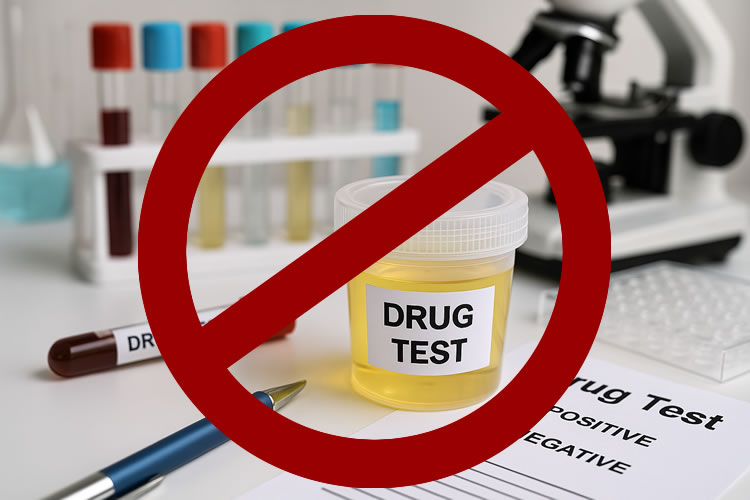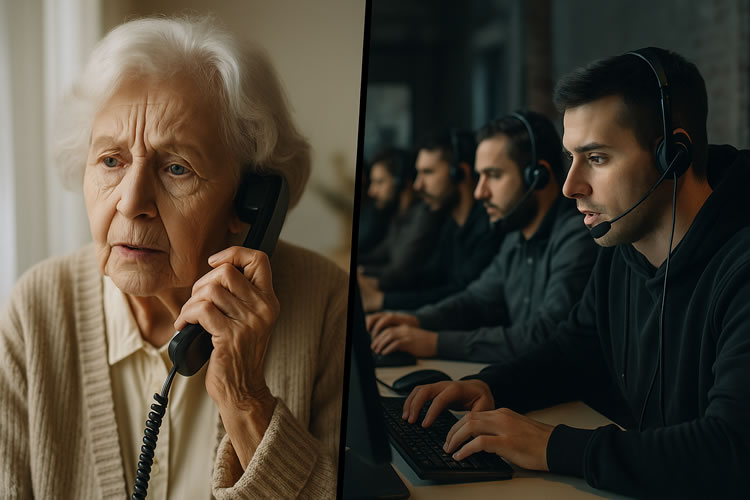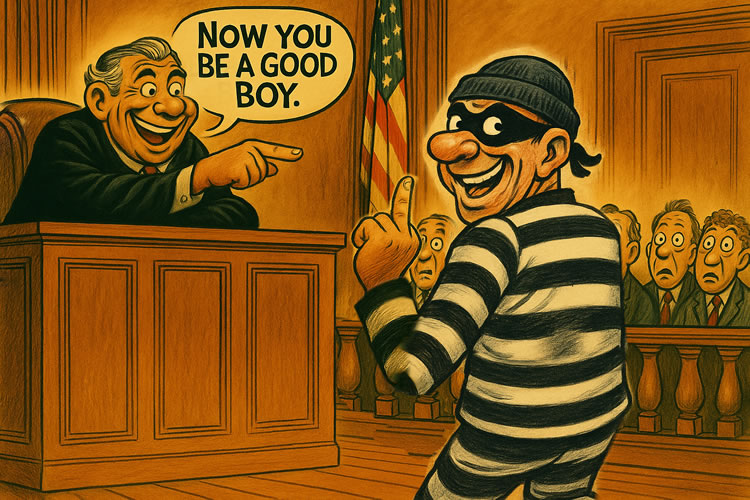On July 24, 2025, President Trump signed “Ending Crime and Disorder on America’s Streets,” an executive order aimed squarely at reshaping how the federal government approaches homelessness, addiction, and visible urban decline. The order signals a sharp pivot away from decades of “Housing First” policies and toward a more forceful model—one rooted in involuntary civil commitment, street clearance, and institutional intervention for individuals deemed too ill, addicted, or dangerous to remain in public.
As with many things Trump, the order has generated a hurricane of interpretations—some accurate, others wildly distorted. Memes proclaiming the return of 1950s-style insane asylums circulate alongside legal analyses warning of constitutional overreach. But the order itself is neither as cartoonish nor as revolutionary as its loudest critics and cheerleaders would suggest. It is, rather, a policy directive that reframes the role of the federal government—not to ban homelessness per se, but to withdraw federal support from jurisdictions that tolerate open-air drug scenes, encampments, or noncompliance with anti-vagrancy law.
Federal Pressure Over Punishment
At its core, the order declares public disorder not simply a humanitarian concern, but a threat to civic stability and lawfulness. “Large encampments of homeless individuals,” the document states, “plague nearly every American city, causing disease, crime, and death.” It calls out the “mental illness, drug addiction, and general lawlessness” visible in major metros, and frames the crisis not as the result of housing unaffordability alone, but as a failure of political will and legal tools. It is, unmistakably, a rebuke to the prevailing ethos in many progressive cities.
To that end, the order lays out a federal roadmap for aggressive intervention. It directs the Departments of Justice and Health and Human Services to identify and challenge federal regulations, court precedents, or consent decrees that have “undermined the ability of States and localities to remove mentally ill or addicted individuals from public spaces.” This is an open call to roll back restrictions on involuntary commitment—many of which were put in place over the last 50 years in response to documented abuses in psychiatric institutions.
But unlike the mass asylum model of the mid-20th century, this order does not instruct states to build giant hospitals or reopen shuttered wards. Instead, it leverages federal purse strings. Discretionary funding from DOJ, HHS, HUD, and even the Department of Transportation will now be conditioned on local governments’ willingness to enforce anti-camping laws, clear public drug use, and pursue “civil commitment or outpatient treatment” for those judged unable to care for themselves. The order specifically singles out jurisdictions that “refuse to enforce laws that would remove homeless individuals from public spaces” as ineligible for new or continued support.
Housing First Gets Relegated
Where this leaves “Housing First”—the dominant model for over two decades, which posits that stable housing should precede treatment or behavioral conditions—is made explicit. “Federal law and policies should no longer provide support for the housing-first or harm-reduction ideologies,” the order states. In other words: the White House no longer considers addiction-compatible housing and voluntary support systems a valid use of federal funds.
Critics immediately denounced the order as a dangerous step backward. The ACLU, National Homelessness Law Center, and other rights groups argue that it effectively mandates forced treatment without due process, and risks criminalizing disability. They point to Supreme Court precedents like Olmstead v. L.C., which bars unnecessary institutionalization under the Americans with Disabilities Act, and warn that encouraging states to weaken such protections invites legal and ethical disaster.
But supporters frame it differently. To them, this is not a return to Willowbrook—it’s a long-overdue correction to a humanitarian breakdown. In places like Philadelphia’s Kensington Avenue, Los Angeles’ Skid Row, and San Francisco’s Tenderloin District, the visible collapse of public health and order has become impossible to ignore. Scenes of people openly injecting drugs, wandering in psychotic states, or dying in tents a few feet from school crossings are no longer rare—they’re routine. To many Americans, the idea that this is “compassion” rings hollow.
🍁 Make a One-Time Contribution — Stand Up for Accountability in Vermont 🍁
An Old Policy Debate Reignited
The Trump administration is betting that the public is ready for more aggressive action, even if that means a renewed debate over civil liberties. And this isn’t the first time that tension has surfaced. The debate over Housing First versus Treatment First has been simmering for years—well before Project 2025 gave it ideological shape. While Housing First has proven effective in some settings, especially for veterans and the chronically homeless when paired with strong wraparound services, its performance in high-density cities has been mixed at best. Critics argue that without behavioral accountability, it can devolve into little more than subsidized chaos.
Vermont Pushback
So where does Vermont fall in all this? Local advocates aren’t holding back. Groups like the Vermont Center for Independent Living and End Homelessness Vermont have publicly condemned the order, calling it discriminatory and warning that it could strip vital funding from harm-reduction programs and emergency housing infrastructure. They argue that Vermont’s decentralized, service-oriented model—while strained—is still more humane than the punitive vision they see emanating from Washington. Governor Phil Scott’s office has so far been quiet on the matter.
The Pivot Toward Enforcement
In the end, this executive order is less a revival of mental asylums than it is a recalibration of national priorities—away from tolerance, toward control; away from accommodation, toward intervention. Whether it marks the beginning of a new policy era or just a temporary hard-right swing depends entirely on how the courts, states, and public respond in the coming months.
Dave Soulia | FYIVT
You can find FYIVT on YouTube | X(Twitter) | Facebook | Parler (@fyivt) | Gab | Instagram
#fyivt #homelessness #mentalhealth #vermont
Support Us for as Little as $5 – Get In The Fight!!
Make a Big Impact with $25/month—Become a Premium Supporter!
Join the Top Tier of Supporters with $50/month—Become a SUPER Supporter!










Leave a Reply